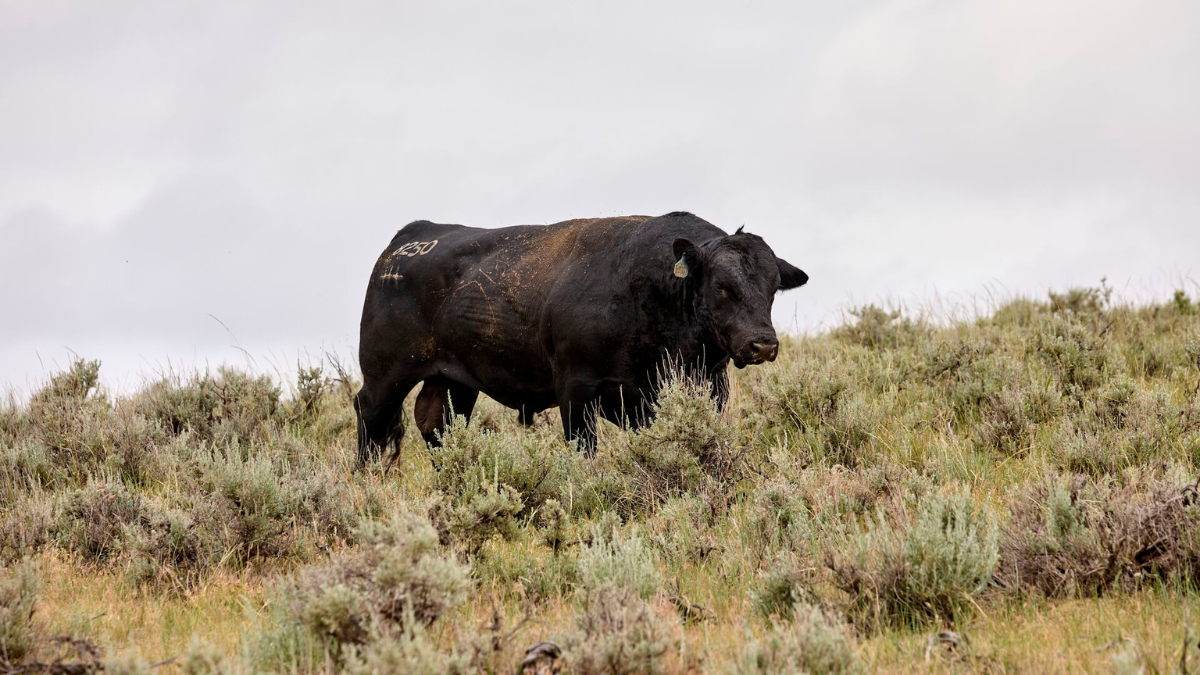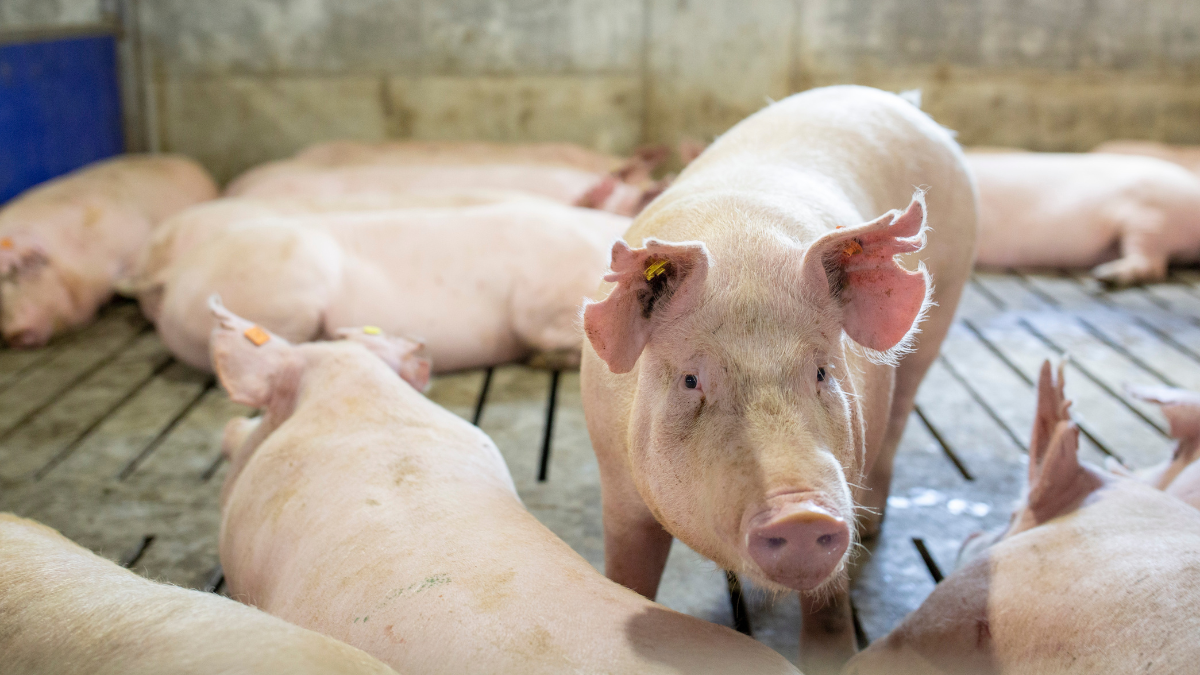They are big, they are hard to handle, they can be hard to move, they are hard on each other, they are hard on equipment, they are hard on you and hard on the help. Outside of putting them to work 60–90 days out of the year, most producers wish they didn’t have to own one, much less a group of them.
Yes, we are talking about bulls and their antics! Most often, producers put their bulls to work and then turn them out into the farthest-away pasture and mostly forget about them. Out of sight, out of mind! Have you looked at your bulls lately?
Given the winter weather most of the country has seen this year, there may be some issues that bulls have never had to deal with — or producers either. Most producers in the northern climates are used to managing through severe cold, wind and snow, but this year there could be issues that there normally wouldn’t be, and maybe more so in the south and southeast due to the cold, snow and ice. Cold stress, frostbite, poor body condition and injury could have occurred in any and every part of the country this year.
With record or near-record prices paid for calves this fall, bred heifers this fall and winter, and cow/calf and heifer pairs now, it is crucial to get the females in the herd bred; and bulls are at least half of the equation to making it happen.
Cold stress and frostbite
Cold stress occurs when body temperatures drop because animals can’t keep themselves warm. During these times, the body tries to stay warm by shivering to generate body heat, which burns a lot of calories. If the available feed isn’t adequate to meet the increased needs, a big loss of body condition can occur if the cold extends for a prolonged period. Also, in severe cold, wet and windy conditions, frostbite is a danger.
What is frostbite? It is a condition that occurs when body tissues freeze due to prolonged exposure to extremely cold temps. Frostbite mostly occurs on the extremities of the body that normally see less blood flow. In young cattle, frostbite may be on ears and feet. Early symptoms of frostbite are swelling or edema, followed by the affected parts being cold to the touch. In severe cases, the frozen skin may start to separate, and the affected parts may even be lost.
In mature bulls, frostbite can affect the scrotum. This can cause testicular degeneration and permanent infertility. In some cases, bulls with frostbite can overcome the injury and be able to breed in 60–90 days. In other cases, they can become infertile.
Visual and breeding soundness examination
The success of the breeding season hinges on whether your bulls can perform their job to the best of their abilities. A breeding soundness exam can tell you whether you are setting yourself up for failure or for success this breeding season.
The examination starts with a visual inspection of the bull to make sure they are healthy and alert, in ideal body condition and sound on all four feet. The veterinarian should look for common signs of frostbite, including accumulated manure and/or bedding on the bottom of the scrotum. This visual inspection is followed by a more physical inspection of the prostate, scrotum, testes, vesicular glands and penis; for instance, the veterinarian should check whether the penis can fully extend. An ejaculate will also be collected at this time to assess sperm motility and morphology.
Body condition and nutrition
Now is also a good time to start looking at bull body condition overall, and this means focusing on your nutritional and mineral programs. It is easier and cheaper to put on condition over a longer length of time than to have the “Oh no!” moment.
The ideal body condition for bulls is a 6 at turnout time. Bull age, breed, size, weather and time until turnout will determine the appropriate feeding program. Bulls that are too thin or too fat at turnout are usually less active and likely will not travel as far to cover the number of cows they need to. Typically, on a mature bull, a body condition score is equal to 120 pounds. If they wintered hard and are in a body condition score of 3–4, those bulls should be gaining 2 pounds or so per day now to be in the ideal condition by turnout.
Talk to your nutritionist or use one of the numerous online tools provided through various state extension programs to help you put a feeding program together. Sampling your feedstuffs will also give you more precise nutrient and ingredient information to use in these programs. Given the diverse weather last year, there was plenty of variation in feed quality.
Trace mineral supplementation
The key to a good nutrition program is making sure your bulls get enough mineral supplementation — and in the right form.
Copper, zinc, selenium and manganese, as provided through Alltech’s Bioplex® and Sel-Plex® organic trace mineral technologies, play crucial roles in bull fertility. Zinc is important for bull libido, testosterone synthesis and testicular size. Copper is important for libido and sperm production and volume. Selenium helps with sperm viability, and manganese is involved in hormone production.
Winter weather could have caused new and unforeseen challenges for many producers. Given the economics for cow-calf producers, it is imperative to get the herd set up to be as productive as possible this breeding season. We all know how hard it is to work with and manage bulls; however, if there was ever a breeding season to ensure your bulls are at the top of their game, it is this one.
Have you looked at your bulls lately?
About the author:

Bryan Sanderson grew up in Lake Preston, South Dakota, and spent most of his childhood working on pig, crop and cattle farms. After receiving a degree in animal science from South Dakota State University, with minors in ag marketing and ag business, Bryan began his impressive career in animal agriculture. With experience in livestock production, feedlot supervision, sales and finance, Bryan is currently the U.S. beef business manager for Alltech.
I want to learn more about nutrition for beef cattle.





















